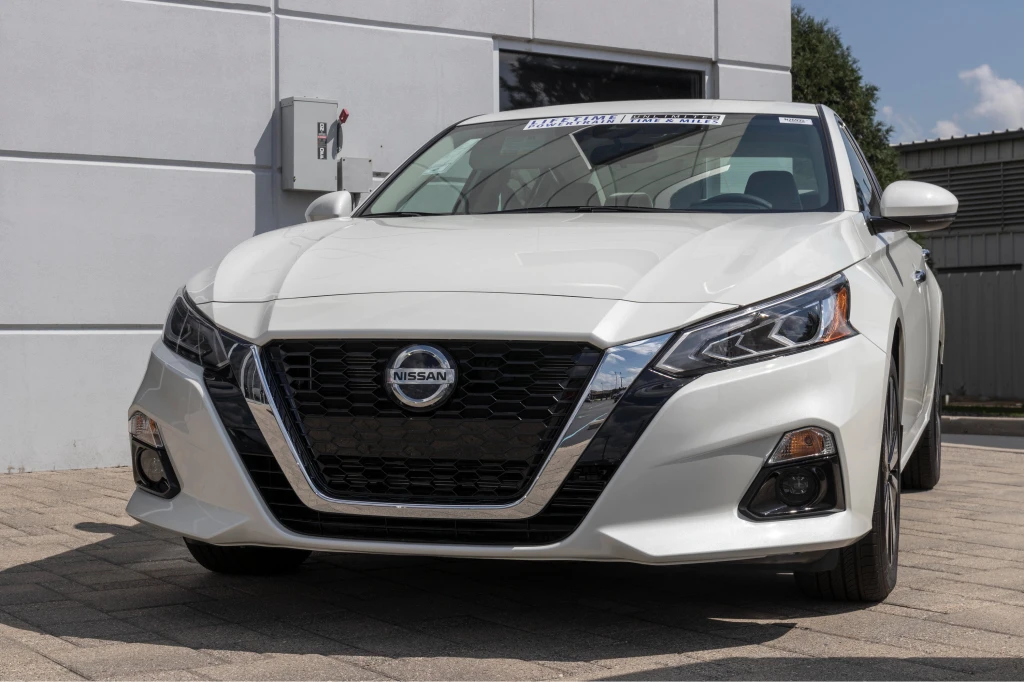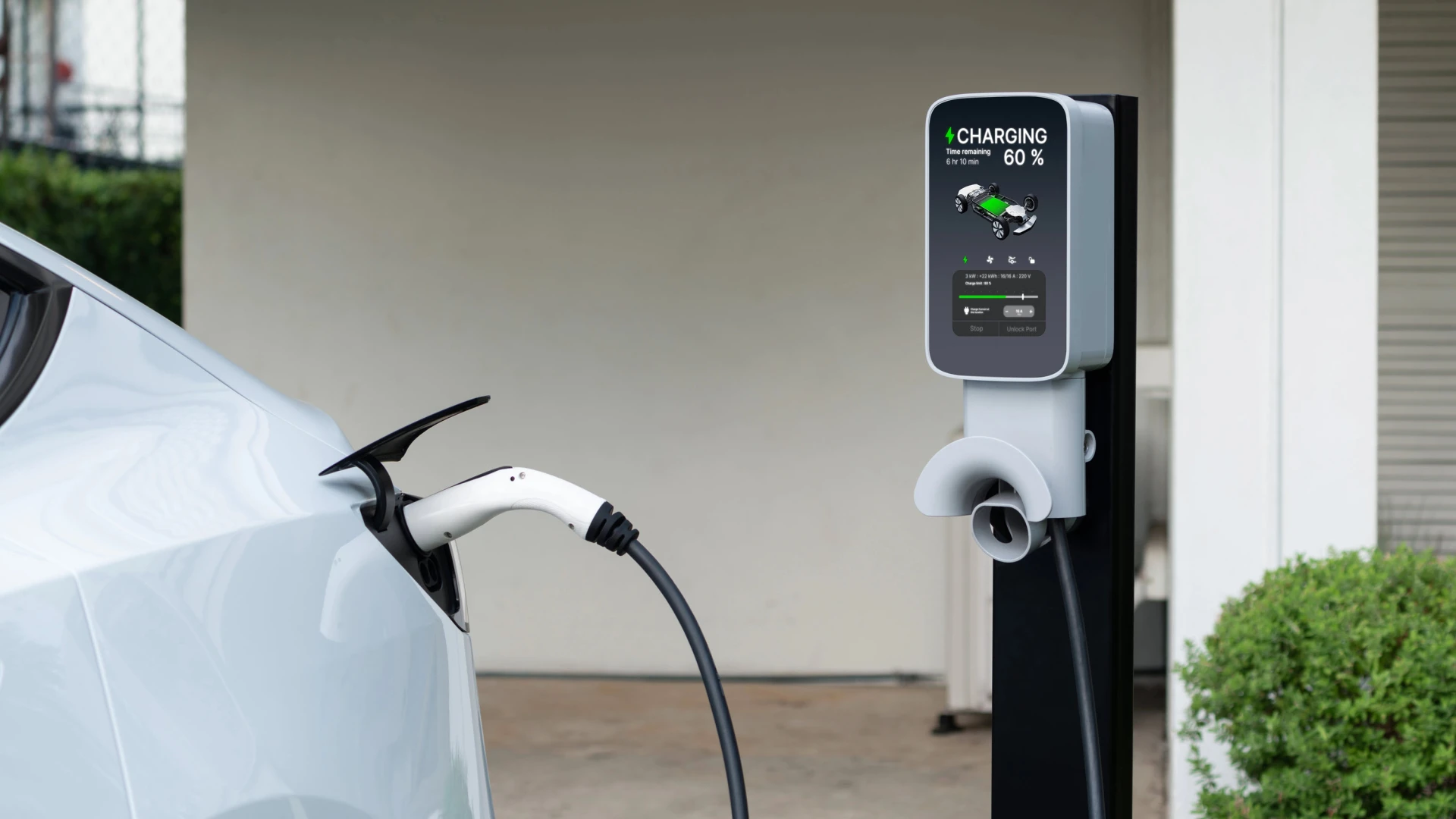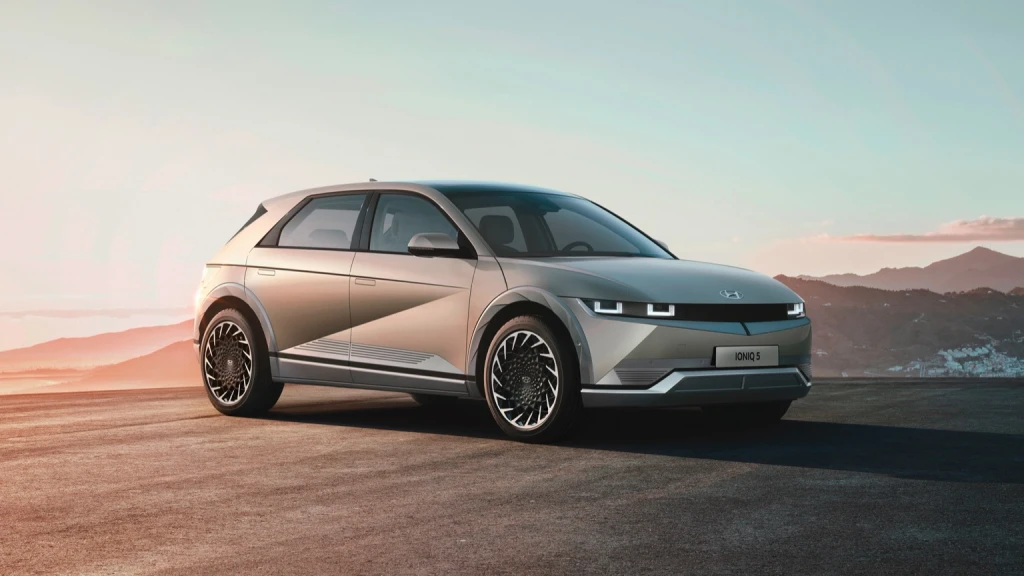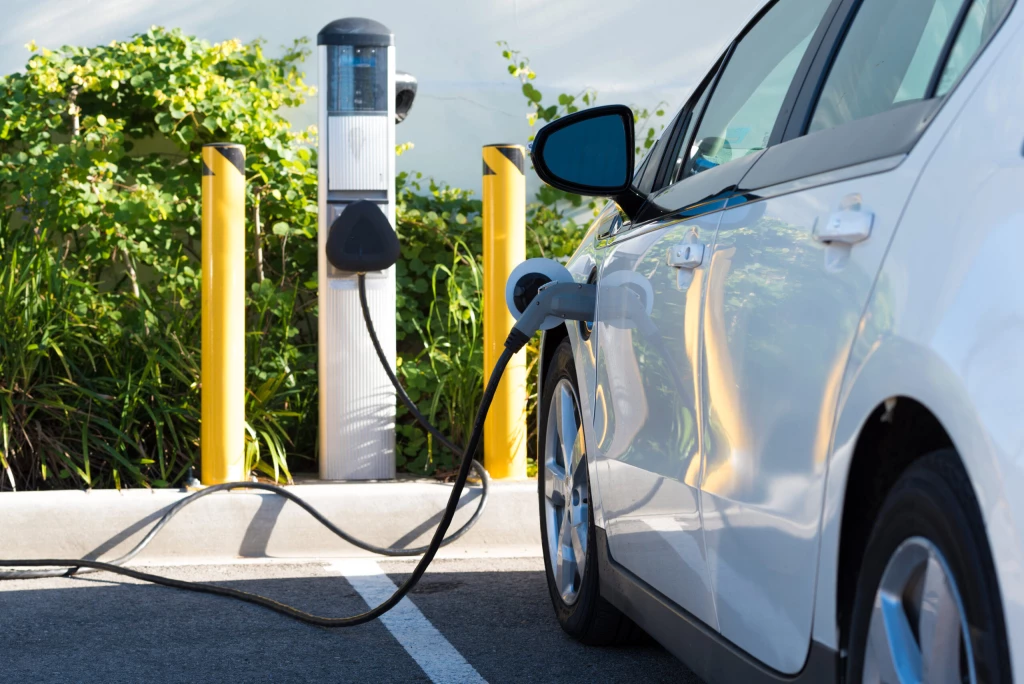As electric vehicles continue to become more common on Australian roads, many drivers are looking beyond the front facing benefits of no fuel and long distance ranges. One of the more exciting developments is vehicle to home charging, also known as bi-directional charging. This is a feature that allows an EV to feed power back into your household.
With the right setup, your electric car can help keep the lights on, reduce your electricity bills, or make better use of your home solar system. With a bigger push for bi-directional charging to be adopted nation-wide, this guide aims to explain what vehicle to home charging involves, the benefits, and more.
What is Vehicle to Home Charging?
Vehicle to home charging (V2H) is a system that allows your electric vehicle to send power from its EV battery back into your home’s electrical system. This technology uses a bidirectional EV charger, which enables energy to flow both into the car and out of it, being known as bidirectional EV charging.
Instead of drawing electricity solely from the grid, a V2H setup allows you to tap into your car’s stored energy to help run household appliances, lights, or even your home’s entire power supply during peak times or blackouts. It works through a combination of smart hardware and energy management, all installed by a licensed provider.
As interest grows in how households can better manage energy use, support for V2H in Australia is also increasing. The Australian Renewable Energy Agency (ARENA) has funded several trials exploring how V2H could ease demand on the electricity grid across Australia, particularly when paired with home solar systems.
In practical terms, vehicle to home charging gives drivers the ability to power their home with the energy stored in their car.
Other Bidirectional Charging Methods
One of the biggest assets to bidirectional EV charging is that there are multiple ways it can be applied depending on the technology involved. There are two other major methods on top of vehicle to home (V2H):
Vehicle to Grid (V2G)
Vehicle to grid charging works by sending excess energy from the EV battery back into the power grid. This is a massive win for those keen on renewable energy usage and is one of the core focuses of the clean energy future being pushed by the Clean Energy Council.
Vehicle to Load (V2L)
Becoming more common across most electric vehicles, vehicle to load turns your EV into one of these bidirectional chargers. EVs capable of V2L can send energy from their battery storage into other external devices.
Types of Chargers for Electric Vehicles
It’s also helpful to understand the different types of EV chargers available in Australia. Not every charger will support bidirectional energy flow, and most charging setups are still focused on one-way power delivery.
Level 1 charging uses a standard 240V household outlet. It’s slow but accessible to most EV owners without extra setup.
Level 2 charging involves a wall-mounted charger that offers faster charging at home or work.
Public charging stations, which include AC and DC fast chargers are found at shopping centres, petrol stations, and other dedicated EV charging areas.
Vehicle to grid (V2G) is similar to V2H but sends power back into the grid instead of your home.
Vehicle to home charging is still a new concept that has yet to be fully adopted in Australia, but it’s expected to grow as more homes adopt solar and energy storage systems.
The Benefits of Vehicle to Home Charging
There are several advantages to using your EV to support your household’s power needs.
For starters, vehicle to home charging can act as a backup power supply during blackouts. If the grid goes down, you’ll still be able to run appliances or lights for a period of time, depending on your car’s battery size and energy demand.
For homes with solar panels, V2H helps maximise energy use. Instead of selling excess solar back to the grid for a small return, you can store that energy in your EV during the day, then use it to power your home at night. This can reduce your reliance on grid electricity, particularly during peak-rate times.
While the upfront cost of V2H equipment can be higher, the potential to reduce energy bills makes it a worthwhile investment for many households. This goes especially for those already committed to clean energy or interested in becoming more self-sufficient.
As the technology improves and more cars become compatible, vehicle to home charging in Australia is likely to become a big part of how EVs are used in everyday life.

Vehicles that Support Vehicle to Home Charging Australia-Wide
Not all electric cars have bidirectional charging capability, but a growing number of models are being built with this feature in mind for when full bidirectional charging becomes more widely available. Here are a few currently available models that have V2H capabilities:
Nissan Leaf
The Nissan Leaf has been one of the early leaders in bidirectional charging. It’s already being used in V2H trials across the country and supports compatible chargers. With its reliable performance and wide availability, it remains a practical option for drivers interested in home energy integration.
Polestar 3
With a strong focus on sustainability and performance while being aimed at drivers who want modern features and energy flexibility in one package, the Polestar 3 is a popular electric SUV capable of vehicle to load bidirectional charging, with support for vehicle to home and vehicle to grid charging expected to be coming soon.
BYD Atto 3
The BYD Atto 3 comes equipped with vehicle to load (V2L) capability straight out of the box. This allows drivers to power small appliances or tools using the car’s battery, making it useful for camping, remote work, or emergency situations.
While full vehicle to home charging isn’t active just yet, the Atto 3’s hardware already supports it. Once certified bidirectional EV chargers become available in Australia, BYD has confirmed that vehicle to home functionality will be enabled.
As with any newer technology, it’s important to check local compatibility. You’ll need a supported charger, installation by a qualified provider, and an EV that can handle the backflow of energy safely.
Get the Most Out of Bidirectional EV Charging with Easi
Vehicle to home charging adds a new layer of value to electric vehicles; especially for Australian drivers looking to manage energy use more effectively. From using your car to power the home during a blackout, or storing daytime solar for use at night, V2H could be more than just a clever feature.
Through Easi’s novated leasing options, you can access the latest EV models that include V2H functionality and bundle your running costs into one manageable payment. Servicing, charging, registration, insurance, and more are all included, so you can focus on the benefits of the drive and be ready when vehicle to home charging becomes available.
Want a car that powers more than just your commute? Chat to Easi today about our range of EVs available through novated leasing.



